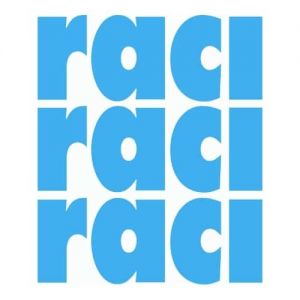Pipeline Repair: Considerations for Determining the Most Appropriate MethodPosted by raci on February 22nd, 2022 Pipelines are an essential medium to transport oil and gas all over the country. Pipeline installation in India has led to successful transportation of these crucial yet flammable commodities through a vast network of on- and offshore pipelines. Regular inspections and maintenance ensure that any damage due to corrosion or leaks can be repaired in time. Pipelines are used to distribute petroleum products and natural gas liquids and thus their safety is a critical factor to be considered during pipeline installation. To ensure the integrity of the pipelines, regular maintenance and repairs must be performed to ensure optimum performance and avoid system failures. Regular inspections are required for two reasons:
Once a defect is identified in the gas or oil pipeline installation, the next step is to determine how to repair it. What are the options for pipeline repair? Technology advancement may try and mitigate the causes of pipeline damage, but the pipelines run for years, and thus at some point in the lifespan of a pipeline it would need an underground pipeline leak repair. Sleeve repair: Pipeline installation companies may choose this method when a broken section of pipe can be cut out and extracted, then a section of new pipe can be inserted. But, this is the most costly and time-consuming option. In this method, closing off the pipeline is necessary to isolate and cut out the damaged section. The repair procedure takes a long time, and the pipeline must be tested and inspected before it can be turned back on.
Type A and Type B are the two types of repair methods. Type A sleeves are made by assembling two halves of a steel cylinder and welding them together to enclose the damaged section of the pipe. Sleeves of type B are similar to sleeves of type A, with the exception that the ends of the sleeves are welded to the pipe in a full encirclement fashion with fillet welds. The benefits of using Type A sleeves have to do with the fact that they can be temporary or permanent, and the need for a nondestructive inspection is not required. Type B sleeves are ideal for underground pipeline leak repair and reinforcing defects that are circumferential in orientation. Hot tap section: This method involves cutting into a pipeline or drilling and then welding. Corrosion-related deterioration post oil or gas pipeline installation can be fixed using the hot tapping method. A mechanical bolt-on clamp is used to remove the affected area. In addition to avoiding environmental damage and the release of greenhouse gases, such as methane, this type of welding can be executed without temporarily switching off the pipeline. Picking the right method All of the above are recognized methods of repair, however, all of the above may not be applicable in every situation. Similarly, some of them may require a special procedure. Some of the methods may not be feasible while the others may not be cost-effective. To determine whether a method of repair is acceptable as per industry standards it is important to take into account its limitations, as well as whether it is feasible in the context of the specific case.
RACI in association with the Primus Line® system, offer solutions for trenchless rehabilitation of pipelines. It’s a fast and cost-effective method of repairing underground pipelines without excavating. Like it? Share it!More by this author |


